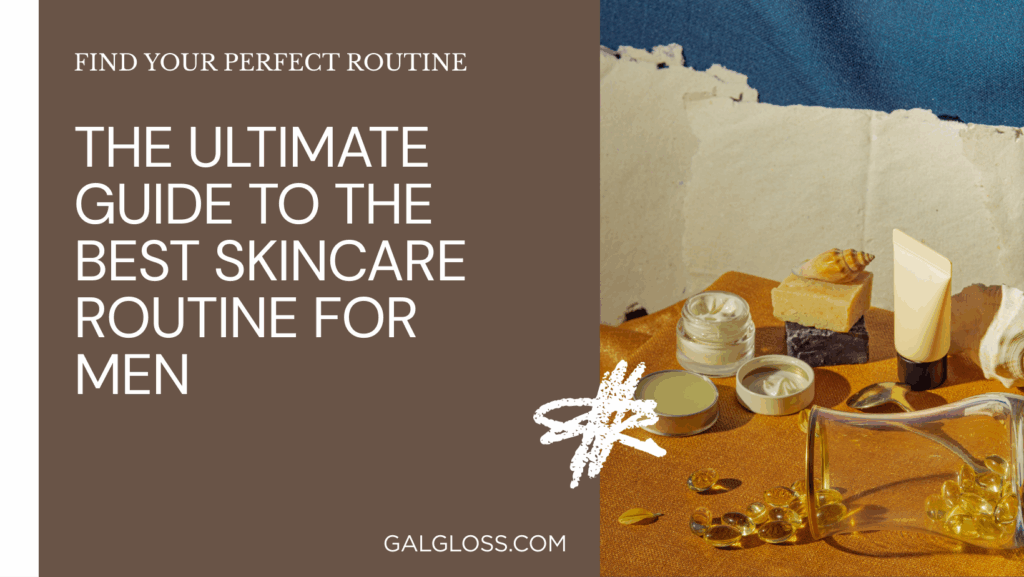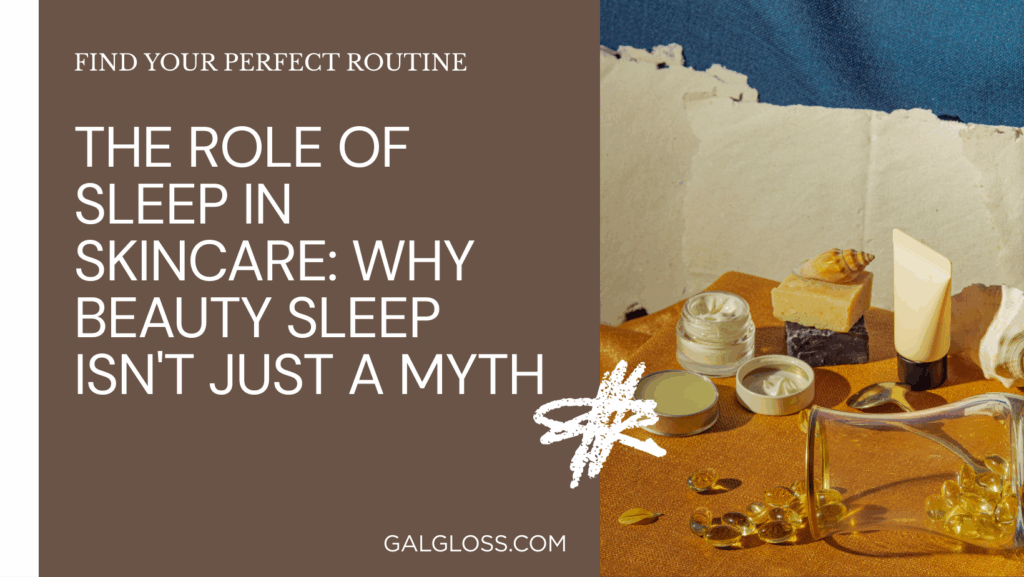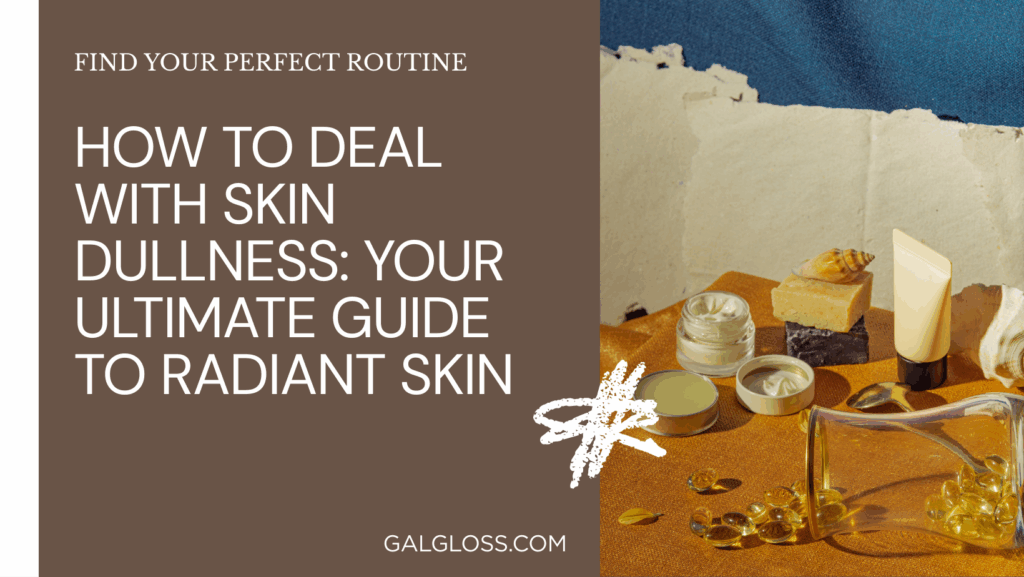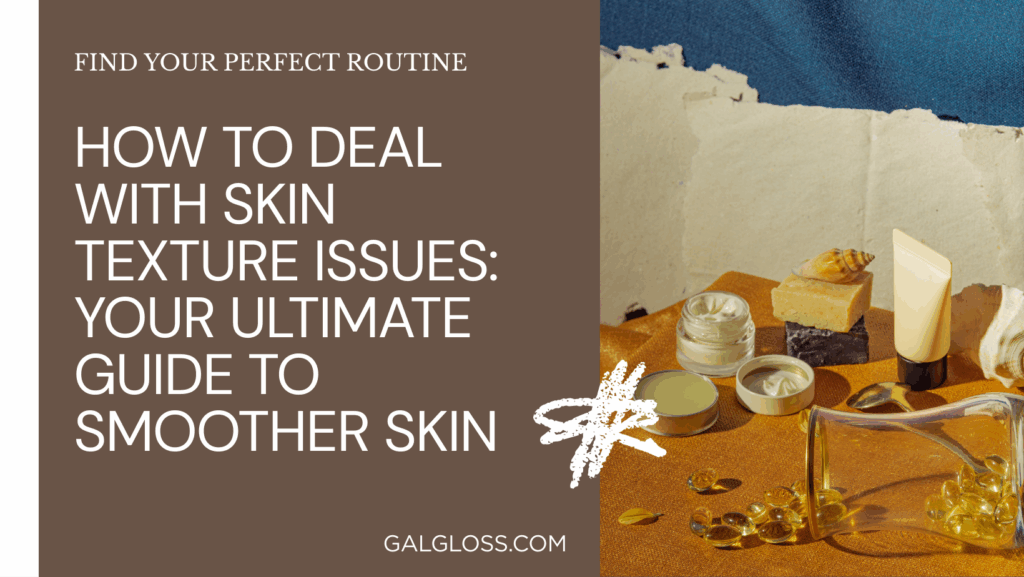Ever felt like your skin needs a fresh start? You’re not alone! Exfoliation is the secret weapon in many skincare routines, but it’s not as simple as scrubbing away. Let’s dive into the world of exfoliation and uncover the best practices that’ll leave your skin glowing and gorgeous.
What’s the Big Deal About Exfoliation?
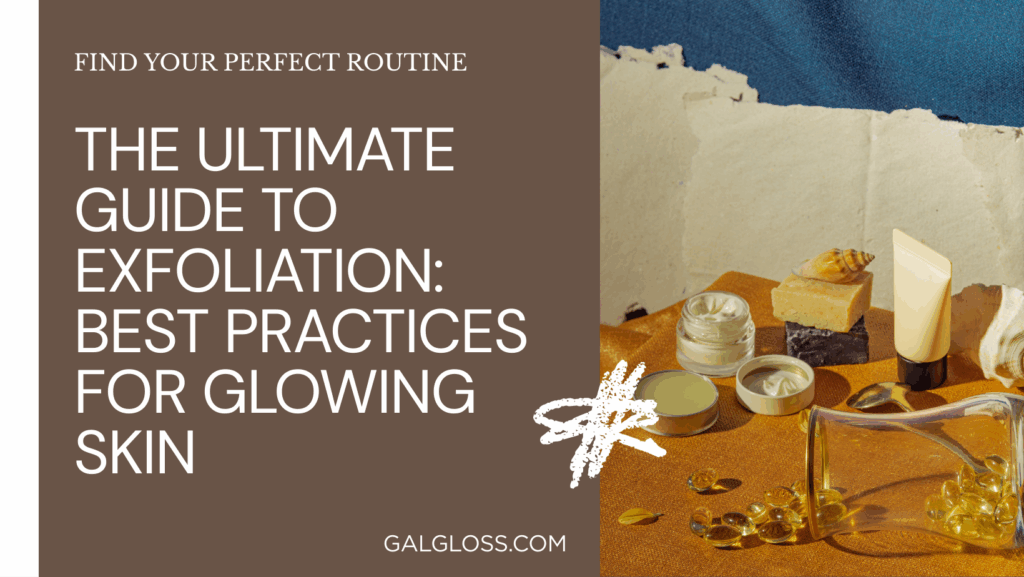
Think of your skin as a garden. Over time, dead leaves (or in this case, skin cells) pile up, making it hard for new growth to shine through. Exfoliation is like raking those dead leaves away, revealing the vibrant skin underneath.
But here’s the catch: overdo it, and you might damage your skin’s delicate ecosystem. That’s why we’re here to guide you through the dos and don’ts of exfoliation. Ready to become an exfoliation expert? Let’s get scrubbing!
Understanding Exfoliation: The Basics
What is Exfoliation?
Exfoliation is the process of removing dead skin cells from the surface of your skin. It’s a natural process that your body does on its own, but sometimes it needs a little help.
Types of Exfoliation
There are two main types of exfoliation:
- Physical Exfoliation: This involves manually scrubbing the skin with:
- Face scrubs
- Exfoliating gloves
- Facial brushes
- Konjac sponges
- Chemical Exfoliation: This uses acids or enzymes to dissolve dead skin cells:
- Alpha Hydroxy Acids (AHAs) like glycolic acid and lactic acid
- Beta Hydroxy Acids (BHAs) like salicylic acid
- Enzyme exfoliants from fruits like pineapple and papaya
Benefits of Exfoliation: Why Should You Care?
Exfoliation isn’t just about getting rid of dead skin. It’s a game-changer for your skin health:
- Unclogs pores, reducing blackheads and whiteheads
- Improves skin texture, making it smoother and softer
- Boosts cell turnover for a youthful glow
- Helps other skincare products penetrate better
- Evens out skin tone and fades dark spots
But remember, with great power comes great responsibility. Let’s look at how to exfoliate the right way.
Best Practices for Exfoliation: Your Step-by-Step Guide
1. Know Your Skin Type
Your skin type is the compass that guides your exfoliation journey. Here’s a quick breakdown:
- Oily Skin: Can handle more frequent exfoliation
- Dry Skin: Needs gentle, less frequent exfoliation
- Sensitive Skin: Requires extra caution and very gentle products
- Combination Skin: Might need different approaches for different areas
- Normal Skin: Can usually tolerate most types of exfoliation
Not sure about your skin type? Try this simple test: Wash your face, wait an hour, and see how it feels. Tight? Dry. Shiny all over? Oily. Some shine in the T-zone? Combination.
2. Choose the Right Exfoliant
Picking the right exfoliant is like choosing the perfect dance partner for your skin. Here’s a quick guide:
| Skin Type | Physical Exfoliant | Chemical Exfoliant |
| Oily | Scrubs with salicylic acid | BHAs like salicylic acid |
| Dry | Gentle scrubs with moisturising ingredients | Mild AHAs like lactic acid |
| Sensitive | Very soft cloths or konjac sponges | PHAs or very mild AHAs |
| Combination | Gentle scrubs | Mix of AHAs and BHAs |
| Normal | Most types work well | AHAs or BHAs, depending on concerns |
3. Start Slow and Build Up
Imagine you’re training for a marathon. You wouldn’t start by running 26 miles, right? Same goes for exfoliation. Start with once a week and gradually increase if your skin tolerates it well.
4. Be Gentle
Your skin isn’t a dirty pot that needs scrubbing. Treat it like a delicate flower. Use light pressure and circular motions when using physical exfoliants. With chemical exfoliants, less is often more.
5. Timing is Everything
When should you exfoliate? Here are some tips:
- For most people, nighttime is best
- Never exfoliate irritated or sunburned skin
- If using retinoids, alternate nights with your exfoliant
- Always follow up with moisturiser and sunscreen (especially important after exfoliating!)
6. Don’t Forget Body Exfoliation
Your face isn’t the only part that needs exfoliation. Show some love to your body too:
- Use body scrubs or exfoliating gloves in the shower
- Pay extra attention to rough areas like elbows and knees
- Don’t forget often-neglected areas like your back and scalp
DIY Exfoliation: Kitchen Ingredients for the Win
Who says you need fancy products to exfoliate? Your kitchen might have everything you need:
- Sugar Scrub: Mix sugar with honey or olive oil for a sweet treat for your skin
- Coffee Grounds: Great for body scrubs and may help with cellulite
- Oatmeal: Gentle enough for sensitive skin, great for soothing and exfoliating
- Yogurt: Contains lactic acid, a natural AHA
- Papaya or Pineapple: Natural enzymes that dissolve dead skin cells
Remember, patch test any DIY scrub before using it all over!
Common Exfoliation Mistakes: What Not to Do
Even skincare pros can make mistakes. Here are some exfoliation no-nos:
- Over-exfoliating: More isn’t always better. Signs of over-exfoliation include redness, irritation, and increased sensitivity.
- Using harsh scrubs: Those apricot scrubs with jagged particles? They can cause micro-tears in your skin.
- Exfoliating active breakouts: This can spread bacteria and irritate your skin further.
- Mixing too many active ingredients: Using retinol, vitamin C, and exfoliants all at once? Recipe for irritation.
- Forgetting sunscreen: Exfoliation makes your skin more sensitive to the sun. SPF is non-negotiable!
Exfoliation for Different Skin Concerns
Exfoliation isn’t one-size-fits-all. Here’s how to tailor it to your skin concerns:
Acne-Prone Skin
- Focus on chemical exfoliants, especially salicylic acid (BHA)
- Be gentle to avoid irritating active breakouts
- Consider a clay mask once a week for deep cleansing
Anti-Aging
- AHAs like glycolic acid can boost collagen production
- Retinol (while not strictly an exfoliant) can be a great addition
- Don’t forget to exfoliate your neck and hands too!
Hyperpigmentation
- Look for brightening ingredients like vitamin C alongside your exfoliants
- AHAs can help fade dark spots over time
- Be patient – results take time!
Dry, Flaky Skin
- Use gentle chemical exfoliants like lactic acid
- Follow up with a rich moisturizer
- Consider adding a facial oil to your routine
Professional Exfoliation Treatments: When to See an Expert
Sometimes, it’s best to leave it to the pros. Consider professional treatments like:
- Microdermabrasion: Physical exfoliation that buffs away dead skin
- Chemical Peels: Stronger versions of at-home chemical exfoliants
- Dermaplaning: Uses a scalpel to remove dead skin and peach fuzz
Always go to a licensed professional for these treatments!
The Exfoliation Routine: Putting It All Together
Ready to create your perfect exfoliation routine? Here’s a sample:
- Cleanse your face thoroughly
- Apply your exfoliant (scrub gently if it’s physical)
- Leave on for the recommended time if it’s a chemical exfoliant
- Rinse thoroughly with lukewarm water
- Apply a hydrating toner
- Use a nourishing serum
- Lock it all in with a moisturiser
- Don’t forget SPF in the morning!
Remember, this is just a guide. Adjust based on your skin’s needs and reactions.
Conclusion: Glow Up with Smart Exfoliation
Exfoliation is like the secret sauce in your skincare routine. It can transform your skin from dull to dazzling, but only when done right. Remember:
- Know your skin type
- Choose the right products
- Be gentle and consistent
- Listen to your skin
With these best practices in your skincare toolkit, you’re well on your way to that coveted healthy glow. So go ahead, reveal your best skin yet!
Remember, skincare is a journey, not a destination. Enjoy the process, be patient with your skin, and don’t be afraid to adjust your routine as needed. Here’s to your best skin ever!

